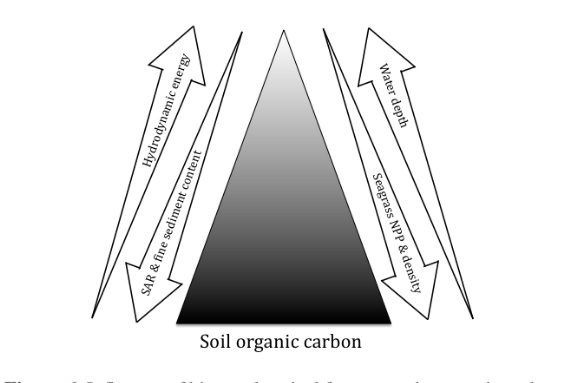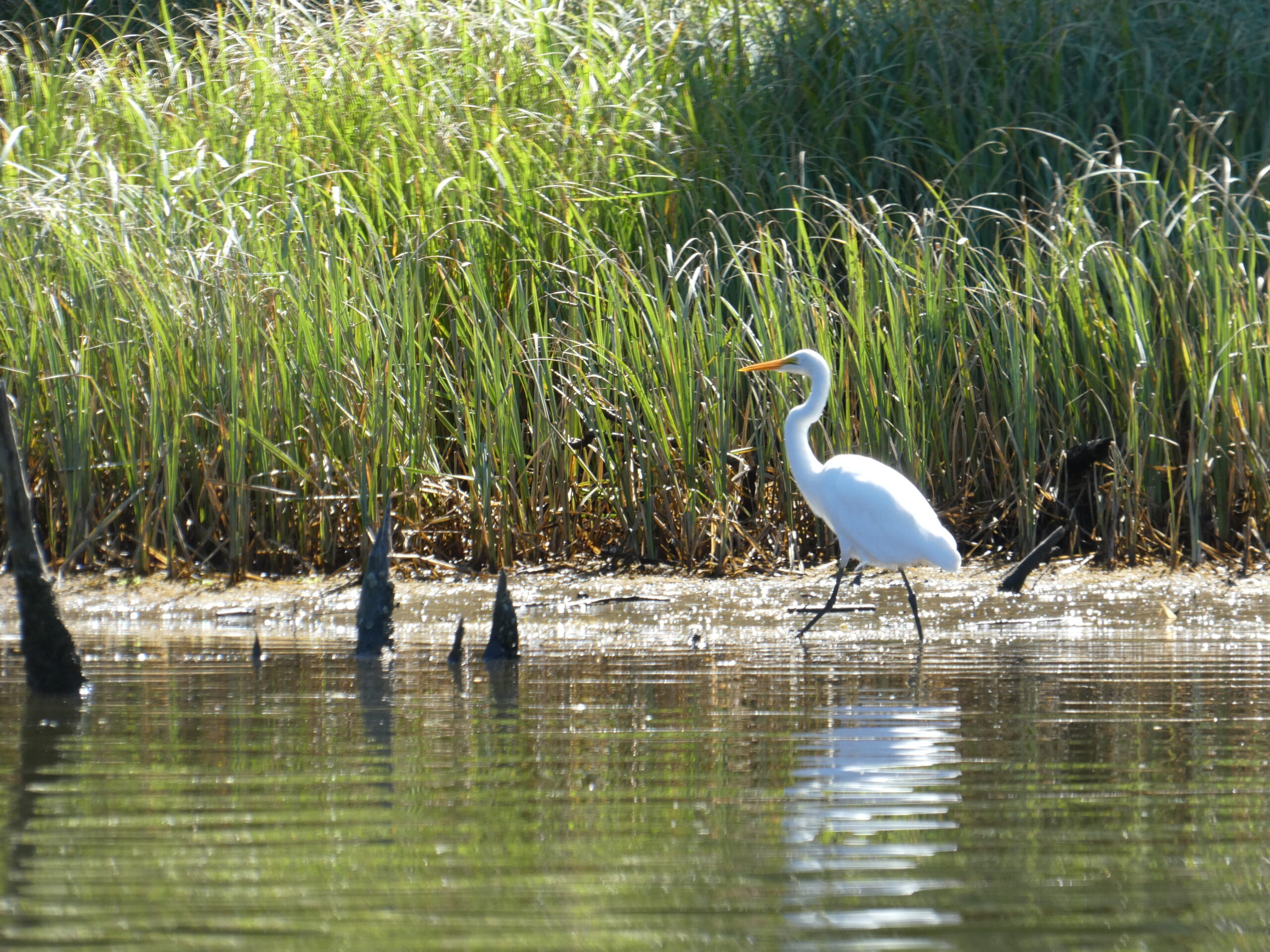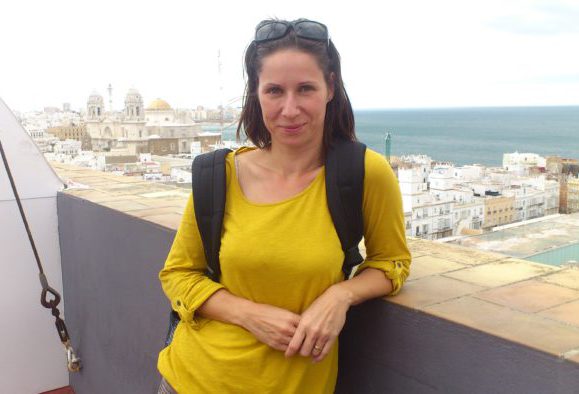A step further in understanding the size of the carbon sink associated to seagrasses

KEY BIOGEOCHEMICAL FACTORS AFFECTING SOIL CARBON IN POSIDONIA MEADOWS
Oscar Serrano*, Aurora M. Ricart, Paul S. Lavery*, Miguel Angel Mateo*, Ariane Arias-Ortiz, Pere Masque , Mohammad Rozaimi , Andy Steven, and Carlos M. Duarte
*GAME members
Biotic and abiotic factors influence the accumulation of organic carbon (Corg) in seagrass ecosystems. We surveyed Posidonia sinuosa meadows growing in different water depths to assess the variability in the sources, stocks and accumulation rates of Corg. We show that over the last 500 years, P. sinuosa meadows closer to the upper limit of distribution (at 2–4 m depth) accumulated 3- to 4-fold higher Corg stocks (averaging 6.3 kg Corg m−2 ) at 3- to 4-fold higher rates (12.8 g Corg m−2 yr−1 ) compared to meadows closer to the deep limits of distribution (at 6–8 m depth; 1.8 kg Corg m−2 and 3.6 g Corg m−2 yr−1 ). In shallower meadows, Corg stocks were mostly derived from seagrass detritus (88 % in average) compared to meadows closer to the deep limit of distribution (45 % on average). In addition, soil accumulation rates and fine-grained sediment content (< 0.125 mm) in shallower meadows (2.0 mm yr−1 and 9 %, respectively) were approximately 2-fold higher than in deeper meadows (1.2 mm yr−1 and 5 %, respectively). The Corg stocks and accumulation rates accumulated over the last 500 years in bare sediments (0.6 kg Corg m−2 and 1.2 g Corg m−2 yr−1 ) were 3- to 11-fold lower than in P. sinuosa meadows, while fine-grained sediment content (1 %) and seagrass detritus contribution to the Corg pool (20 %) were 8- and 3-fold lower than in Posidonia meadows, respectively. The patterns found support the hypothesis that Corg storage in seagrass soils is influenced by interactions of biological (e.g., meadow productivity, cover and density), chemical (e.g., recalcitrance of Corg stocks) and physical (e.g., hydrodynamic energy and soil accumulation rates) factors within the meadow. We conclude that there is a need to improve global estimates of seagrass carbon storage accounting for biogeochemical factors driving variability within habitats.
Biogeosciences, 13, 4581–4594, 2016 www.biogeosciences.net/13/4581/2016/ doi:10.5194/bg-13-4581-2016
Download here: http://www.biogeosciences.net/13/4581/2016/






